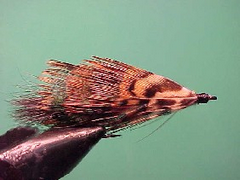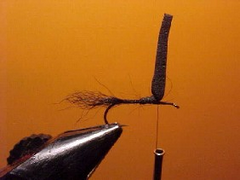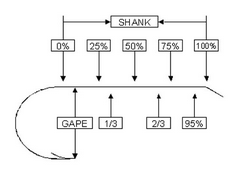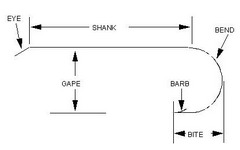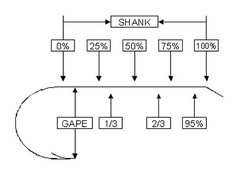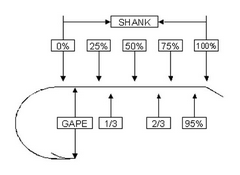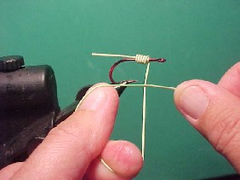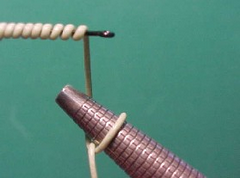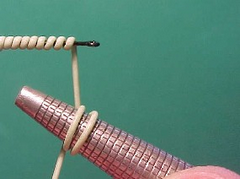Killer type flies
The term “Killer” flies refers to a style of fly rather than just a particular pattern. The common ingredient in the style is that successive pairs of feathers are tied along the side of the flies vertically. Although there is some controversy over the actual origin of the style New Zealander Frank Lord is generally accredited with development of the style.

